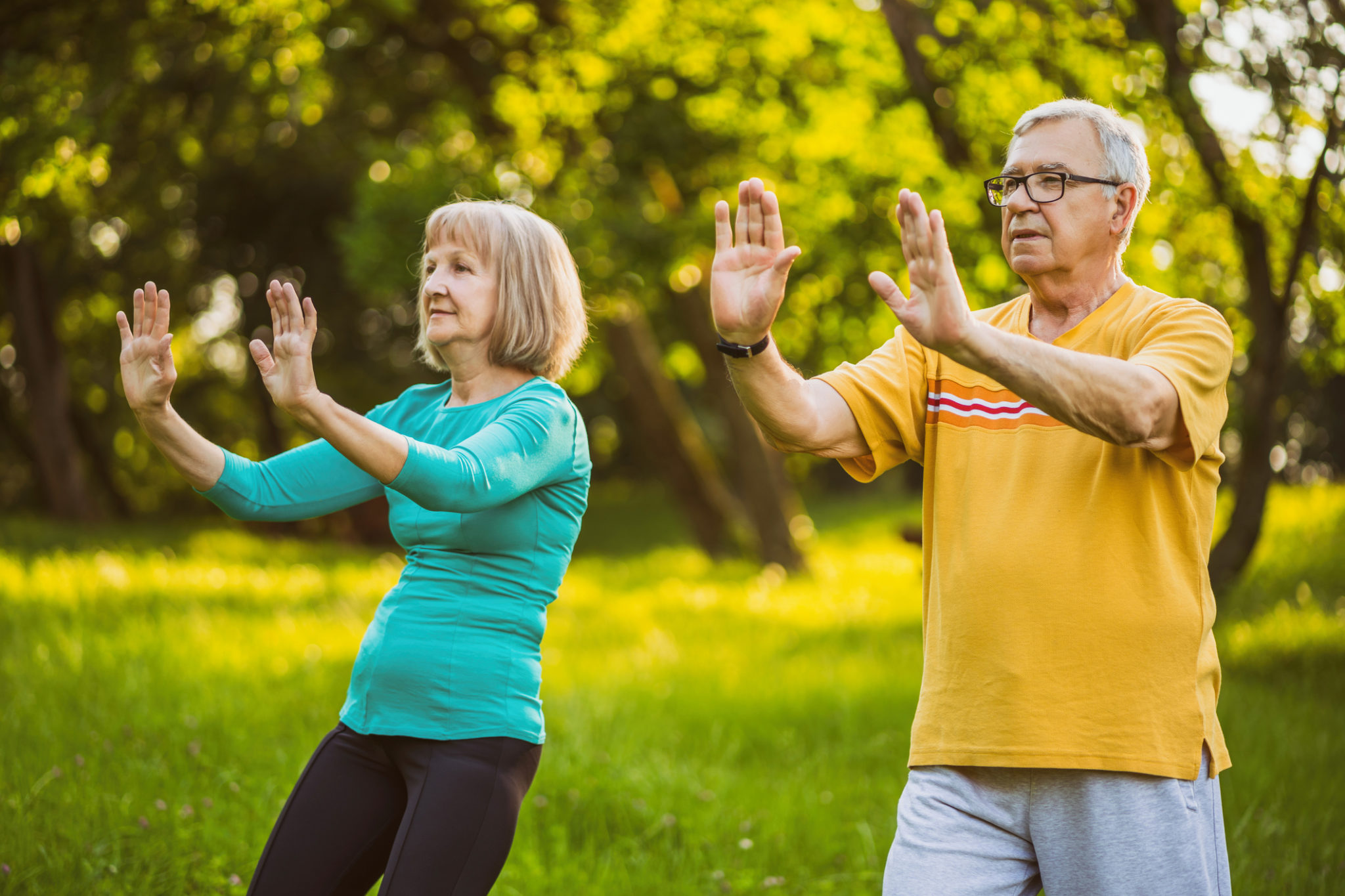Introduction to Fall Prevention with Tai Chi
Falls are a common concern, especially as we age, but choosing to Learn Tai Chi at Home can significantly improve balance and reduce the risk of injury. Tai Chi combines slow, deliberate movements with focused breathing, offering a low-impact way to strengthen muscles, enhance coordination, and promote overall wellness from the comfort of your home.
How Tai Chi Supports Fall Prevention
When you learn Tai Chi at home, the practice emphasizes stability, posture, and controlled weight shifts. These movements strengthen leg muscles, improve core stability, and enhance proprioception—the body’s sense of position in space. Better balance and awareness reduce the likelihood of slips, trips, and falls.
Tai Chi also helps with flexibility and joint mobility, making it easier to react to sudden changes in terrain or movement, which is essential for fall prevention.
Key Movements for Safety and Stability
Certain Tai Chi movements are especially beneficial for maintaining balance and preventing falls:
- Horse Stance – Builds leg strength and stabilizes the lower body.
- Parting the Wild Horse’s Mane – Encourages coordinated weight shifts and lateral balance.
- Golden Rooster Stands on One Leg – Enhances single-leg strength and stability.
- Wave Hands Like Clouds – Improves coordination while practicing smooth, continuous motion.
- Closing Form – Reinforces proper posture and centering of body weight.
Incorporating these movements daily helps you develop strong, stable foundations.
Additional Benefits for Wellness
Beyond fall prevention, learning Tai Chi at home enhances overall wellness. Regular practice promotes better circulation, reduces stress, and supports mental clarity. It also improves respiratory function and joint flexibility, contributing to a healthier lifestyle.
Tai Chi’s mindful approach encourages relaxation and focus, which can enhance sleep quality and boost energy levels throughout the day.
Tips for Practicing Safely at Home
To maximize benefits and minimize risks while learning Tai Chi at home:
- Use a clear, open space to practice safely.
- Wear flat, supportive shoes or practice barefoot on a stable surface.
- Start with shorter sessions and gradually increase duration as comfort and stability improve.
- Focus on slow, controlled movements and proper posture.
- Consider a chair or wall nearby for extra support if needed.
These precautions ensure your practice is both effective and safe.
Expanding Your Practice
As your balance and strength improve, you can incorporate longer sequences and more advanced forms. Learning Tai Chi at home allows for gradual progression at your own pace, making it suitable for all fitness levels. Consistent practice strengthens the body and mind simultaneously, creating a sustainable path to wellness.
Conclusion
Learning Tai Chi at home for fall prevention and wellness training is a practical, low-impact way to enhance balance, build strength, and improve overall health. By focusing on stability, coordination, and mindful movement, you reduce the risk of falls while supporting mental and physical well-being. With regular practice, Tai Chi becomes not just an exercise, but a lifelong tool for safety, strength, and holistic wellness.



